
At Anchor wind induced yaw instability of a monohull
There is a delicate balance that must exist between the aerodynamic, hydrodynamic, and mooring forces acting on a floating body restrained by a single anchor (single point mooring).

With over 100 technical and white papers published in some of the most prestigious boating magazines and, in many cases, presented at major conferences sponsored by organizations such as IBEX, SNAME, and RINA in the short 30 years since our founding. Our hope in this library is to release quality and relevant information to anyone wanting to learn about naval architecture and marine engineering.

There is a delicate balance that must exist between the aerodynamic, hydrodynamic, and mooring forces acting on a floating body restrained by a single anchor (single point mooring).
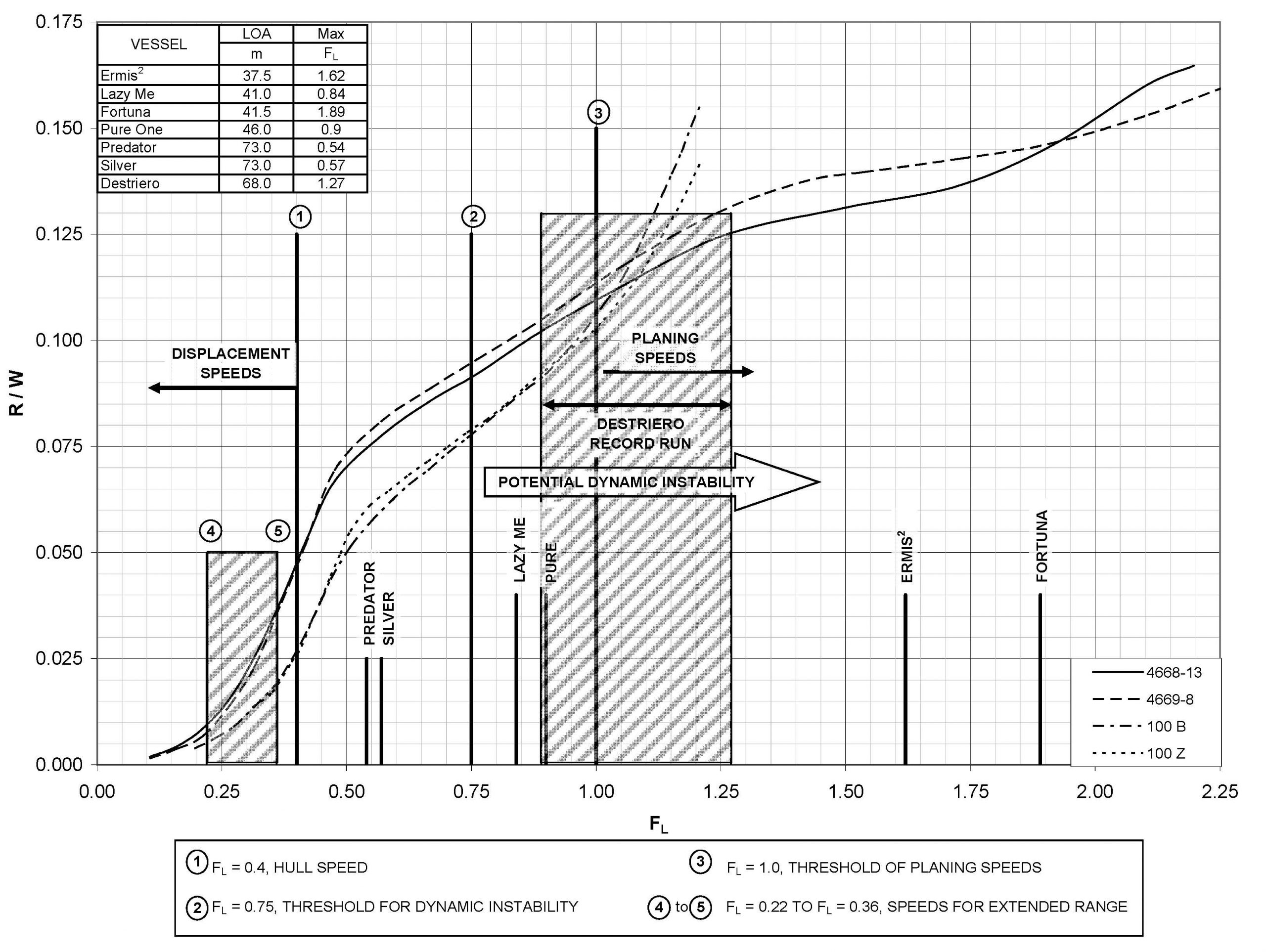
The combination of increasing vessel size and higher speed requirements are driving hull form design into new areas (think of the new launch by SilverYachts’ recent launch of M/Y BOLD, the 85m fast explorer capable of 24 knots).
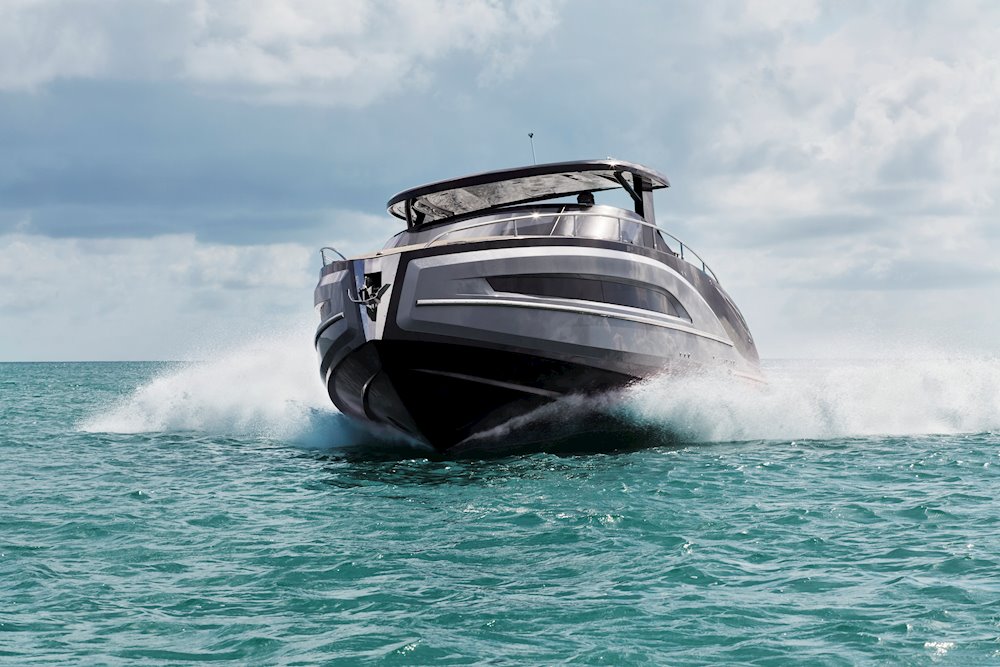
A valid performance prediction technique for small craft is an invaluable tool not only for the naval architect, but also for the operators and builders. This presentation describes the methodology for making speed-power predictions for hard-chine craft of the types found in the offshore, military, and recreational applications.

This paper examines the effects of waterjet tunnels on the performance of a high-speed planning hull. The parent model of the series 62 Systematic Planing Hull Series was constructed and tested with three different configurations: bare-hull, appended hull with short waterjets tunnels, and appended hull with long waterjets tunnels.
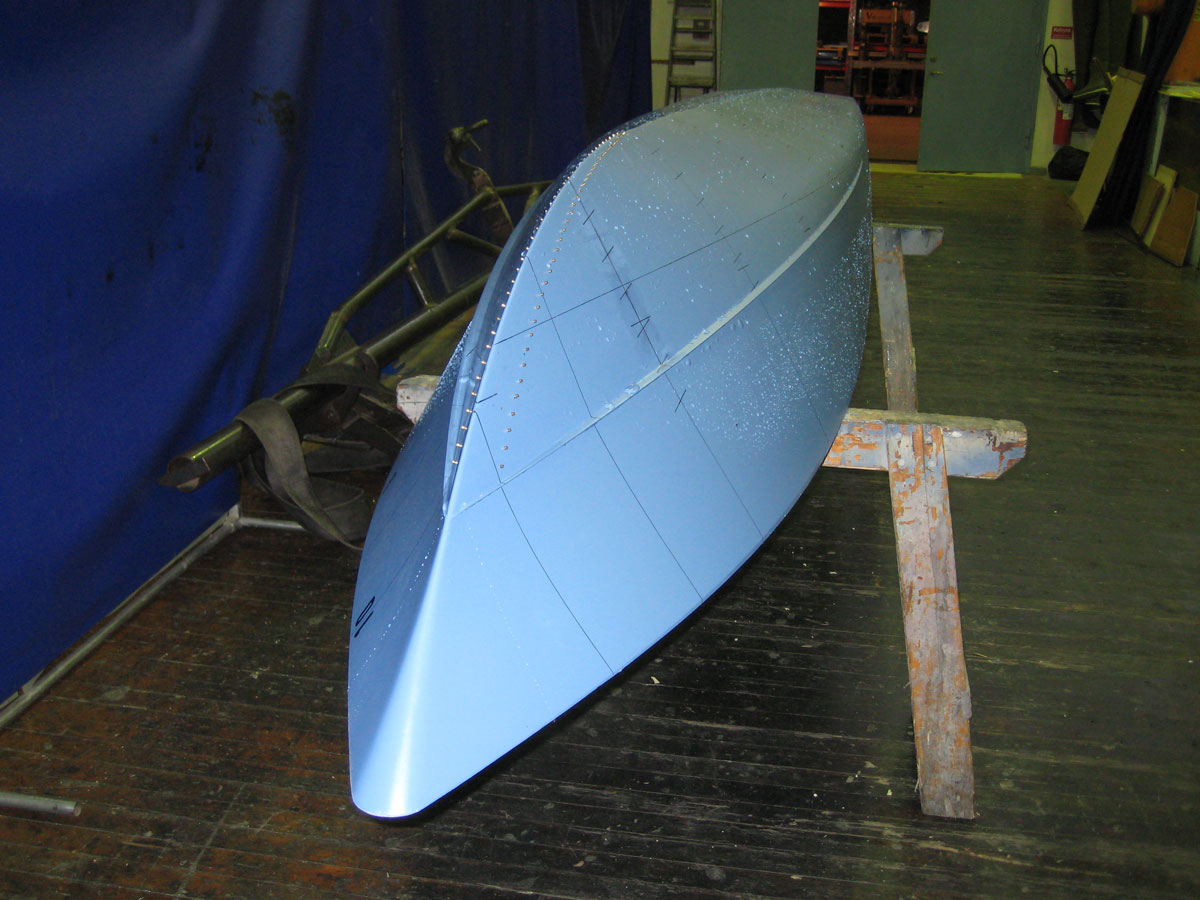
The performance of three different shaped hulls was evaluated by experiments and computations to identify a hull form that provides low calm water resistance at cruise speed while remaining dynamically stable at high speed.
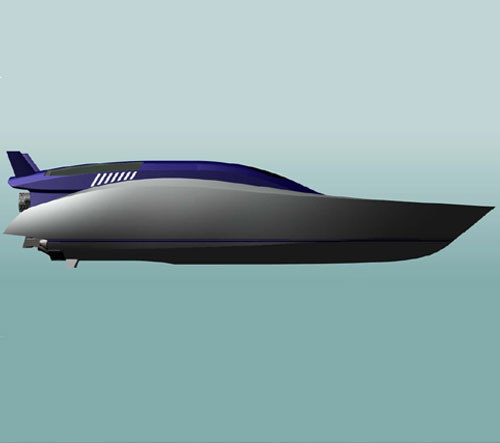
Donald L. Blount and Associates, Inc. has design cognizance over four of the world’s fastest fifteen megayachts. Included in the list of the fastest yachts are the gas turbine Motor Yacht DESTRIERO and the gas turbine Motor Yacht FORTUNA. GTMY DESTRIERO, length overall of 67.7m (222 feet), holds the record for the fastest Eastbound trans-Atlantic crossing at 53.09 knots.
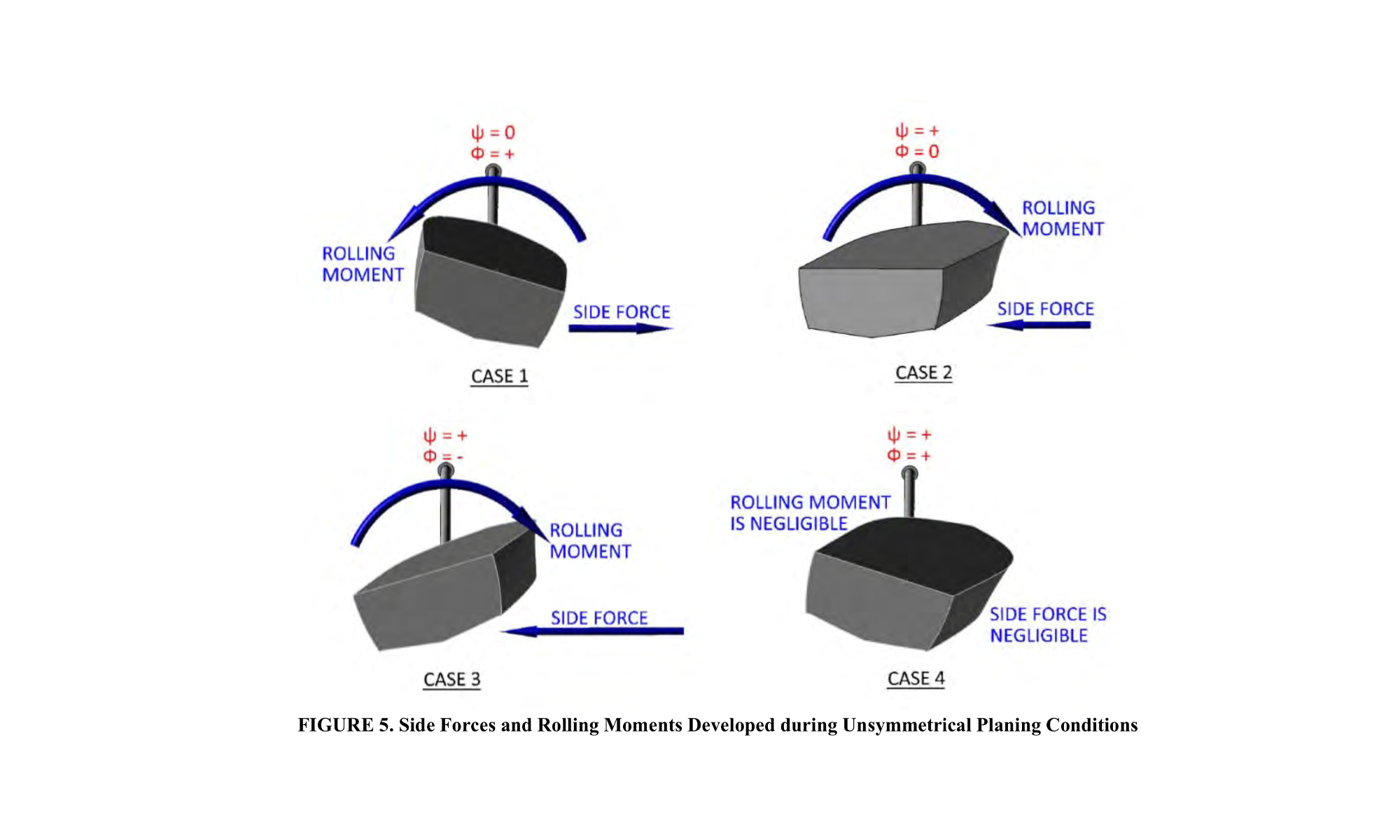
The turning characteristics and capabilities of displacement vessels are well understood and documented. Standards for the maneuvering capability of displacement vessels exist.
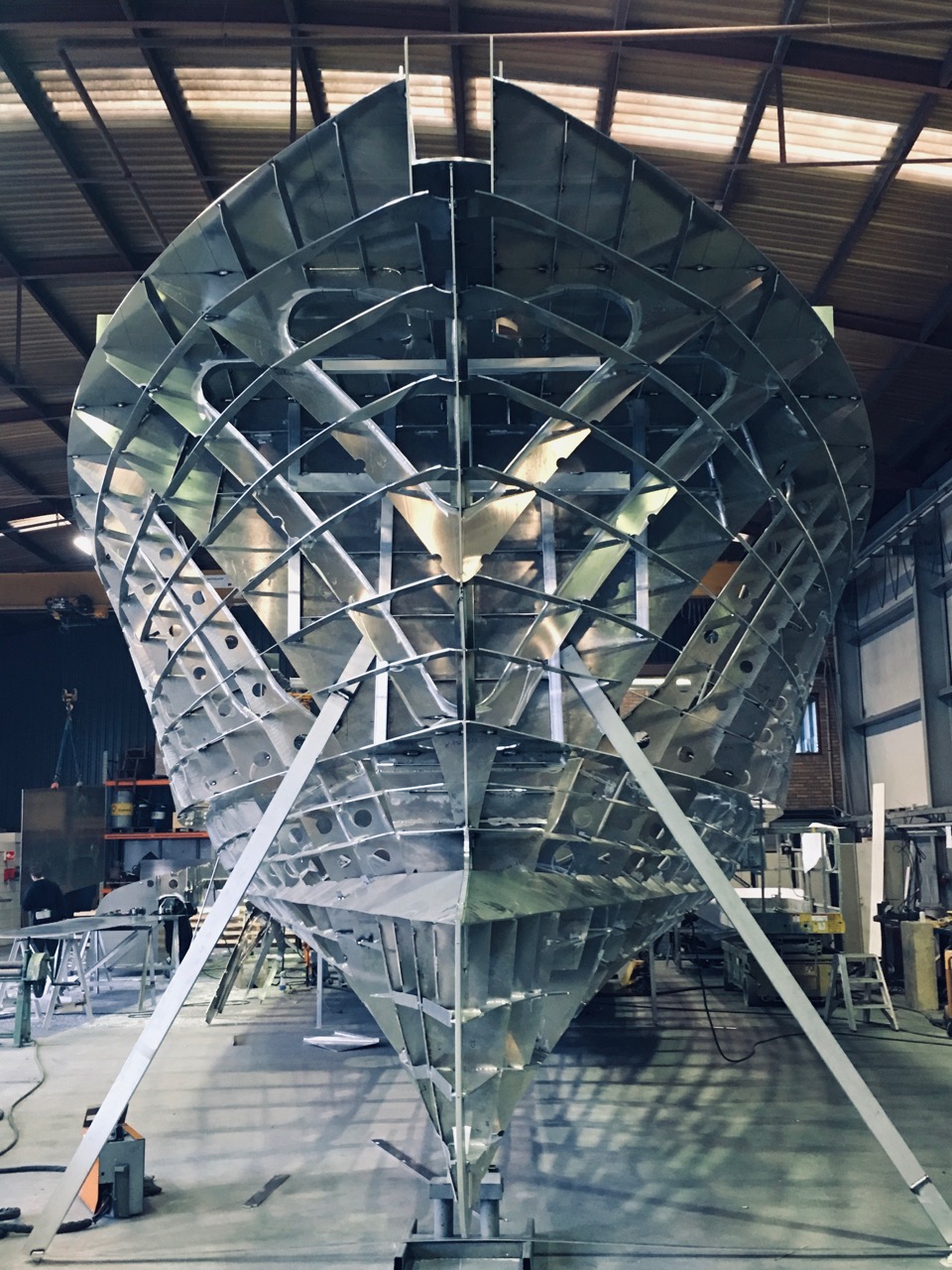
Due to reductions in materials costs and advances in fabrication technology, the marine industry has recently seen a proliferation of custom and semi-production aluminum boats. There always have been a number of large yacht builders who work exclusively in aluminum alloys, and they have been fairly price competitive alongside the well-known FRP custom yacht builders.
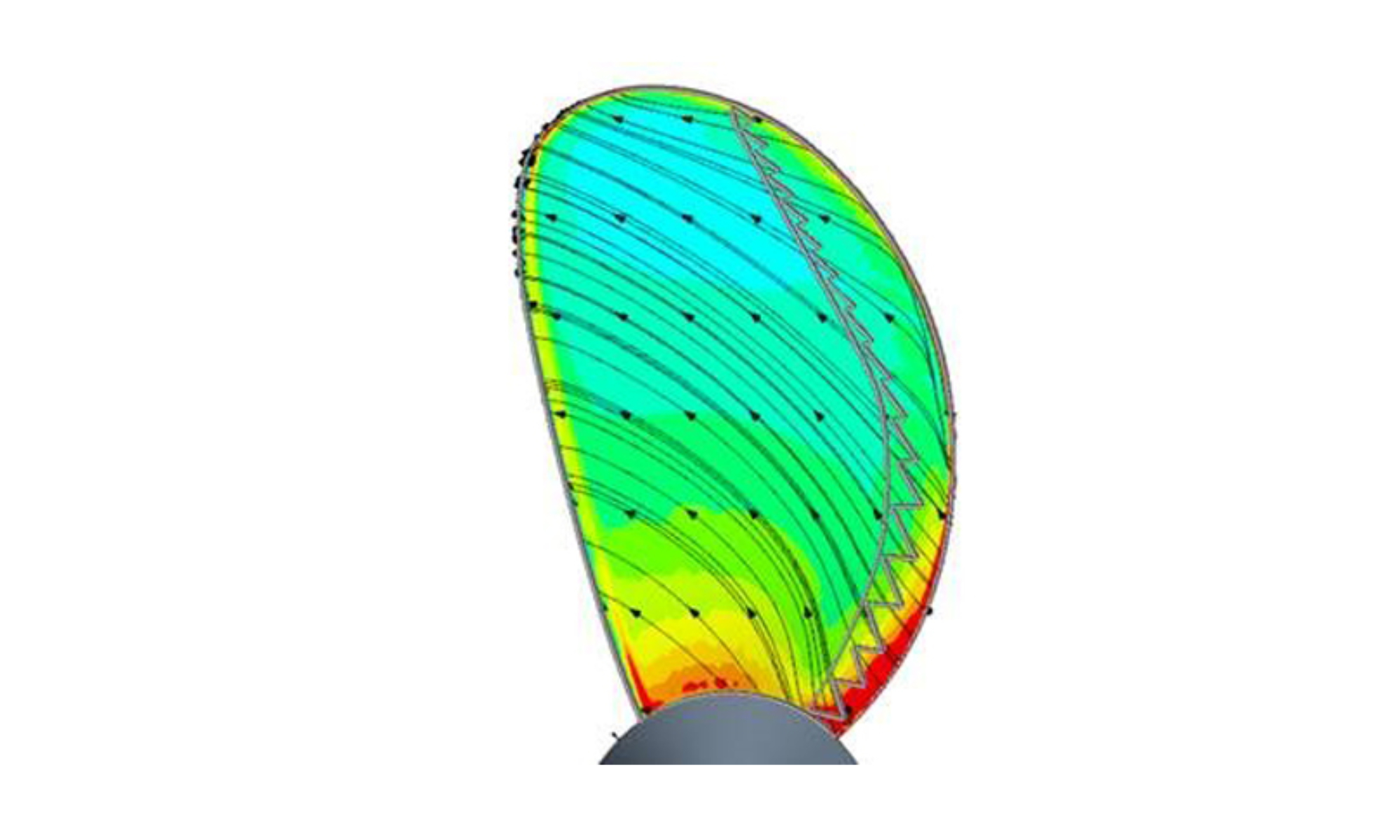
In this paper, the feasibility of experimentally testing 3D printed propellers was investigated at Reynolds numbers where scale effects were significant. Hama strips were printed on the leading edge of a B-series model propeller’s blades and open water tests were performed with both unstimulatedand stimulated propellers for ℝe=105to5×105.

DLBA Naval Architects
860 Greenbrier Circle, Suite 201 Chesapeake, Virginia 23320 USA
Phone: 757-545-3700 | Fax: 757-545-8227 | dlba@gibbscox.com
Keep your finger on the pulse of the latest points of focus in naval architecture and engineering: subscribe to DLBA’s concise monthly newsletter. Within it, we briefly describe and picture our latest projects and concepts. We encourage feedback and seek to have our newsletter spark conversation regarding potential collaborations and further advancements as we share our passion for the industry.